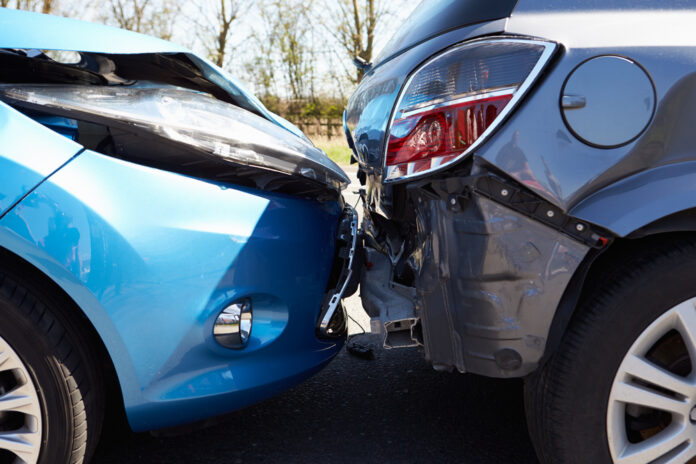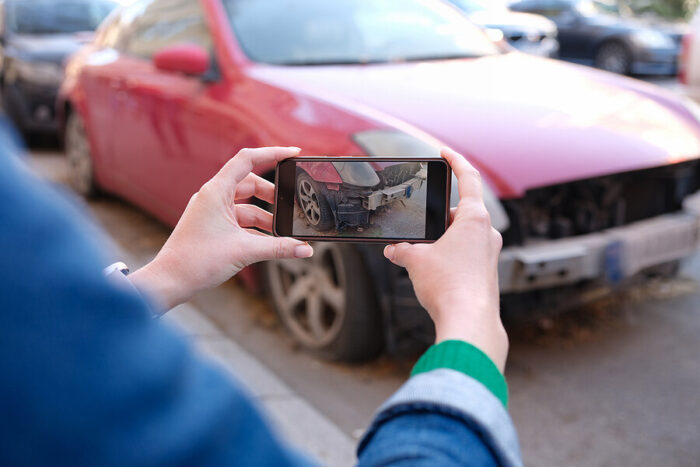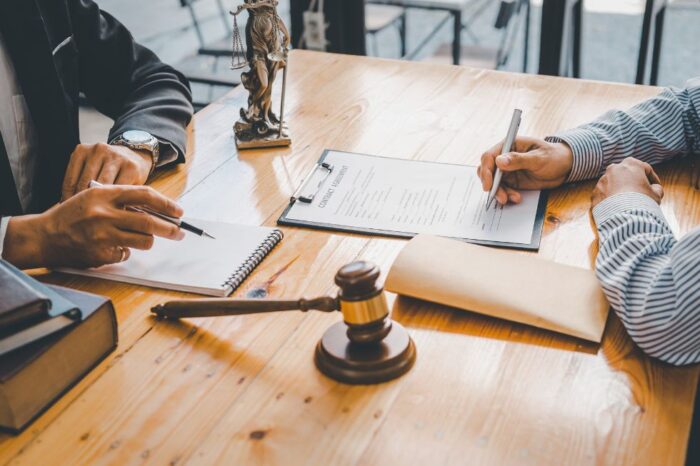
Chain collisions, often referred to as multi-vehicle accidents, are chaotic and potentially deadly events that can result in significant damage to property and severe injuries. In this article, we will delve into the intricacies of chain collisions and discuss the complex issue of determining blame in such situations.
Understanding of chain collisions
What is a chain collision?
A chain collision occurs when multiple vehicles are involved in a series of rear-end accidents. Typically, one vehicle collides with the one in front of it, setting off a chain reaction of crashes. These accidents can involve two or more vehicles and often happen on busy highways or during adverse weather conditions.
Factors leading to chain collisions
- Tailgating: Drivers who follow too closely are more likely to cause or become involved in chain collisions. When the lead vehicle suddenly brakes, the following vehicles may not have enough time to react.
- Distracted driving: The use of smartphones, eating, or any other form of distraction can lead to slower reaction times, increasing the risk of a chain collision.
- Weather conditions: Slippery roads due to rain, snow, or ice can make it challenging for vehicles to stop quickly, leading to chain collisions.
- Visibility issues: Fog, heavy rain, or darkness can reduce visibility, making it difficult for drivers to see and react to sudden stops in traffic.
Determining liability

Complex nature of chain collisions
Determining blame in a chain collision is seldom straightforward due to the complex and rapid sequence of events. Here are some factors to consider:
- Proximity: The distance between vehicles involved in the chain collision is crucial. The closer one vehicle is to the other, the more likely it is to be held responsible.
- Vehicle speed: The speed at which each vehicle was traveling at the time of the collision plays a significant role. Higher speeds can result in more severe accidents and greater liability.
- Brake lights: Whether a vehicle’s brake lights were functioning properly can be crucial in assigning blame. If a driver’s brake lights were not working, following vehicles may not have had adequate warning.
- Witness testimonies: Eyewitness accounts can provide valuable insights into the events leading up to the collision and help establish liability.
Comparative negligence
In many cases, multiple parties share some degree of responsibility for a chain collision. This concept is known as comparative negligence, where each party is assigned a percentage of blame based on their actions leading up to the accident.
Preventive measures to avoid chain collisions
While chain collisions can be unpredictable, there are several proactive steps you can take to reduce the likelihood of being involved in one.
Maintain a safe following distance
Always adhere to the three-second rule, which means keeping at least a three-second gap between your vehicle and the one in front of you. In adverse weather conditions or at higher speeds, increase this distance to allow for ample braking time. Distracted driving is a significant contributor to chain collisions. Put away your phone, avoid eating while driving, and stay focused on the road ahead. A momentary distraction can have severe consequences.
Adjust to weather conditions
When driving in adverse weather, such as heavy rain, snow, or fog, reduce your speed and increase your following distance. These conditions require slower reaction times and increased stopping distances.
Regular vehicle maintenance
Ensure your vehicle is in good working condition, particularly your brakes and lights. Regular maintenance can help prevent mechanical failures that might contribute to a chain collision. Practice defensive driving by being alert, anticipating the actions of other drivers, and always being prepared for sudden stops. Defensive driving courses can provide valuable skills and insights.
Legal implications

Insurance claims and lawsuits
Chain collisions (Dutch: kettingbotsing) often result in insurance claims and legal proceedings to determine compensation for damages and injuries. Each party involved may file a claim against the others, leading to complex negotiations or even courtroom battles.
Legal assistance
Due to the intricacies of determining blame in chain collisions, it’s advisable for individuals involved to seek legal assistance to protect their rights and interests. An experienced attorney can navigate the legal complexities and help secure fair compensation.
The role of traffic laws and regulations
Traffic laws and regulations play a pivotal role in addressing chain collisions and determining liability. These laws are in place to establish a standard framework for safe driving practices and to allocate responsibility when accidents occur.
Speed Limits
Speed limits are set to ensure that drivers operate their vehicles at a safe and manageable speed. Exceeding the speed limit not only increases the risk of accidents but can also impact liability in a chain collision. Drivers who exceed speed limits may be held responsible for the severity of the collision.
Following distance laws
Many jurisdictions have laws that specify the minimum following distance drivers must maintain. These laws are designed to prevent tailgating and provide drivers with enough time to react to sudden stops. Violating these laws can result in liability in a chain collision.
In some regions, comparative fault laws are in place. These laws allow for the allocation of responsibility based on each driver’s degree of fault. For example, if one driver was 70% responsible for a chain collision, they would be liable for 70% of the damages.
Right-of-way rules dictate who has the legal obligation to yield in specific driving situations. Violating right-of-way rules can lead to liability in chain collisions where one driver failed to yield when required.
Traffic signal compliance
Disobeying traffic signals, such as running red lights or disregarding stop signs, can have severe consequences and can result in a driver being held liable for a chain collision.
The importance of defensive driving

To reduce the risk of chain collisions and liability, defensive driving is essential. Defensive driving involves anticipating the actions of other drivers and taking proactive measures to avoid accidents. Remaining alert and attentive while driving is critical. Avoid distractions, keep your eyes on the road, and be prepared for unexpected maneuvers by other drivers.
Signaling your intentions with turn signals helps other drivers anticipate your actions, reducing the likelihood of sudden stops that can trigger a chain collision.
Stay informed
Stay informed about road conditions, traffic updates, and weather forecasts. Being aware of potential hazards can help you make informed decisions while driving.
Maintain your vehicle
Regular vehicle maintenance, including brake checks and tire inspections, is vital to ensure your vehicle is in optimal working condition.
Patience is a virtue on the road. Avoid aggressive driving behaviors, such as road rage or aggressive tailgating, which can escalate situations and increase the risk of chain collisions.
Conclusion
In the aftermath of a chain collision, establishing blame is a challenging endeavor. Factors such as tailgating, distracted driving, adverse weather conditions, and visibility issues all contribute to the complexity of these accidents. While determining liability is essential for insurance claims and legal proceedings, it is often a shared responsibility among multiple parties involved.
















